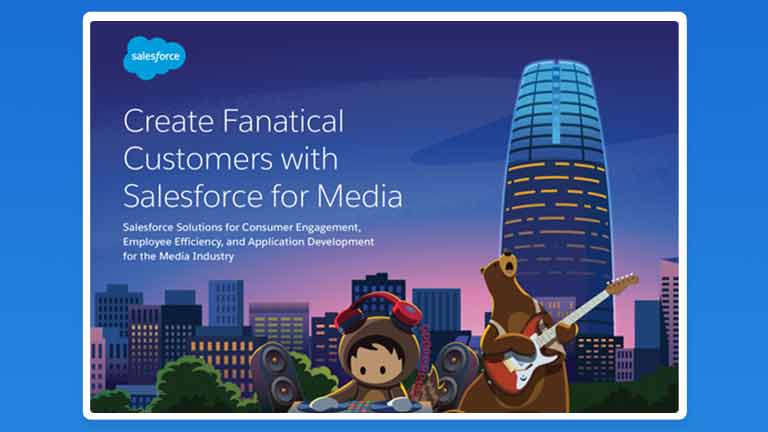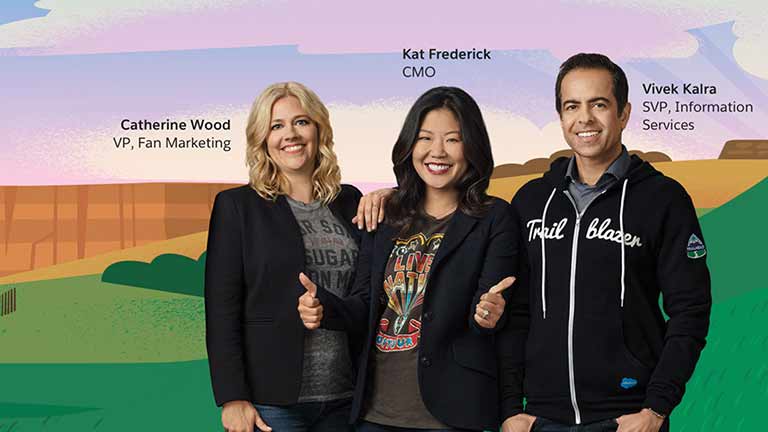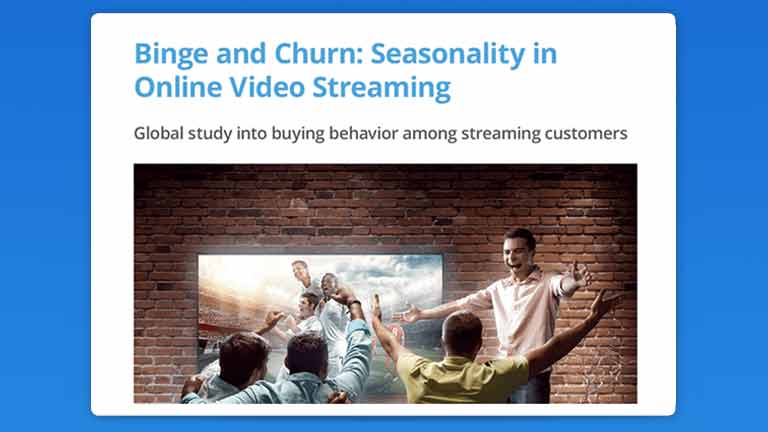The Media and Entertainment Intelligence Playbook
Drive smart decision-making and tailor every customer experience.
We’ve gone from a world of mass media marketing to an audience of one. Must-see movies, one-size-fits-all cable packages, and appointment TV have been replaced by personally curated media that’s consumed anytime, anywhere on any number of devices. In an environment where the consumer is king and expectations are at an all-time high, global media and entertainment (M&E) companies need to refocus business models to offer tailored, curated experiences.
M&E companies are used to pitching their products to audiences of billions. Now, they need to pitch products to billions of individuals — and do so effectively at scale. Change is always hard, but research shows that putting the customer at the center boils down to three primary challenges:
- Budgetary constraints
- Engaging with customers in real time
- Innovation
To affordably innovate and engage with customers in real time, analytics and data insights must be the core driver of all engagement. However, outdated backend systems combined with the onslaught of mergers and acquisitions within the M&E industry often means that data and teams are disconnected, siloed, and unable to reach their full potential.
If M&E organizations want to truly take advantage of data, they need to do more than just possess it. They need to go from an ecosystem of individual departments with their own KPIs and priorities to one in which everyone works together to create a cohesive customer journey.
How do you make this shift? How can you garner new insights and use data to drive intelligent decision-making? The answer lies in pulling three important levers that:
- Unlock data
- Understand data
- Take action with data

Chapter 1: Unlock Your Data
Outsmart Data Silos
Acquisitions are now commonplace across the M&E industry. Whether it’s a big communications company buying a content brand or media powerhouse scooping up several smaller organizations, these acquisitions require complex merging of teams, data, processes, and systems. Unsurprisingly, this creates internal challenges. When different departments use different technology systems, it is difficult to easily share common information.
Research shows that a typical customer transaction crosses 35 technology systems, with only one-third of that data being integrated (Source: MuleSoft).
Vast systems of disconnected data are problematic. Customers expect streamlined experiences, from subscriptions to streaming services to online publications — so much so, that 69% of IT leaders say a lack of integration causes disconnected customer experiences at their companies. Siloed data prevents cross-team collaboration, which in turn makes it impossible for M&E organizations to get a true 360-degree view of the consumer.
How do you fix this? The solution lies in connected systems built on the foundation of a lean tech stack coupled with an API strategy. Organizations that can build this kind of application network will realize their success in a “data domino effect.”

Move to a Lean Tech Stack
Once you’ve done this, you’ll need to enable your teams to compose low- and no-code apps to help customer outcomes and assure you have a solid customer relationship platform (CRM). With a leaner tech stack in place, the benefits will become immediately apparent: IT will be able to experiment faster, deliver more effectively, and stay ahead of business needs.
With a leaner tech stack in place, the benefits will become immediately apparent: IT will be able to experiment faster, deliver more effectively, and stay ahead of business needs.
Implement an API Strategy
The next step focuses on business processes. The primary way this is done is through application programming interfaces (APIs), which allow different applications to talk to each other. This ultimately makes it possible to work from a single platform. APIs unlock data from disparate systems so you can organize and orchestrate it.
In the M&E industry, an API strategy means you can deliver content to audiences in a format that’s compatible with whatever device they prefer. M&E companies can also facilitate seamless exposure to content across any device from multiple back-end systems, allowing them to deliver a smooth multi-screen viewing experience.
- This is where Salesforce can help. Salesforce focuses on building a complete strategy that takes CRM, integration, and data into account so that you can:
- Connect data from any system — no matter where it lives — and deliver critical, time-sensitive projects
- Use discoverable, reusable APIs and integrations to ensure business continuity by scaling to meet digital demand and solve operational gaps
- Increase speed and agility to create connected experiences and allow companies to handle unprecedented change and unpredictable needs
Chapter 2: Understand Your Data
See how to:
- Uncover insights and act quickly
- Improve operations
- Maximize marketing effectiveness


.jpg)









